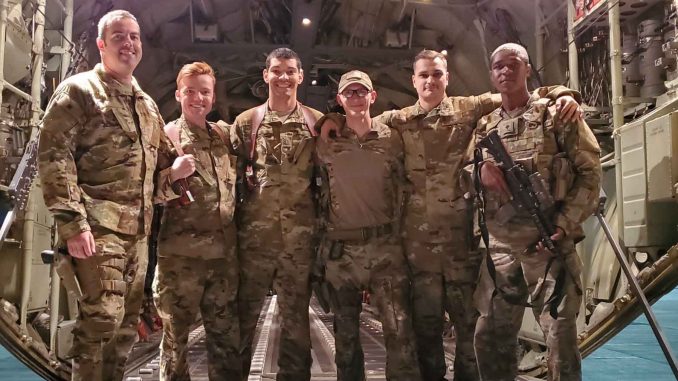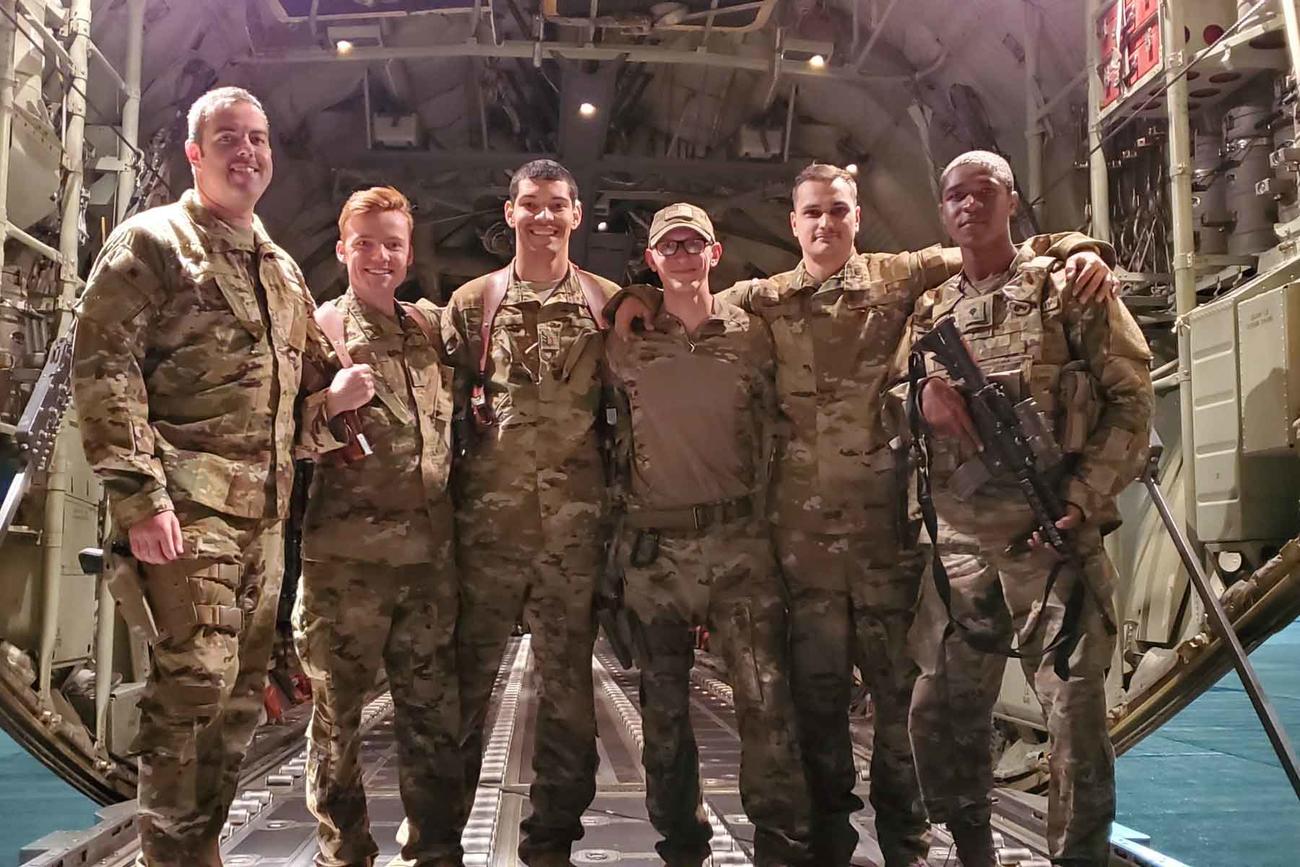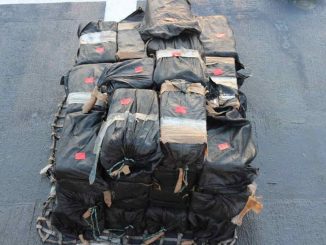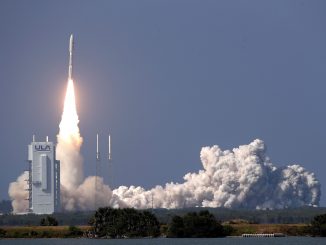

It started as a routine nighttime airdrop mission last fall for five airmen aboard a C-130 Hercules tasked with safely releasing much-needed supplies for Afghan National Army forces below.
As they circled overhead, dropping bundles by parachute, the crew, from the 39th Airlift Squadron out of Dyess Air Force Base, Texas, saw a flash of light in the distance — a rocket-propelled grenade targeting the aircraft.
Read Next: Air Force Finally Has Plans to Test a Laser Weapon on Its AC-130J Gunship
“I noticed a flash of red behind the plane, but it was only for a second or two,” said Senior Airman David Doran, 39th Airlift Squadron loadmaster. “At the time, I wasn’t scared because I didn’t realize it was an RPG, but possibly a flare.”
Capt. Jean-Luc Duckworth, 39th Airlift Squadron aircraft commander and pilot, determined the flash was evidence of a bigger threat.
“Based on the positioning of the available crew members in the aircraft, our identification of the RPG didn’t come until we were safely climbing away,” he said in the release. “I assessed that we were being targeted in some capacity and advised my loadmasters to hold on as we egressed the objective area.” The Air Force did not specify the location of the operation.
For their quick-thinking maneuver to evacuate the area, the airmen were recently awarded the Air Force Combat Action Medal, according to a service release. It is given to U.S. military personnel who “actively participated in either air or ground combat while operating in an unsecured space.”
C-130s carry decoy flares for countermeasures. When launched by the automatic system that detects a threat, the flare can draw a rocket to lock onto it instead of the aircraft. But the cargo plane doesn’t have offensive capabilities.
To safely leave the area without compromising the supplies, the pilots and loadmasters devised a plan, Duckworth said.
“Since we know the pacing, know the internal dialogue between crew members and know how to expertly execute an airdrop, I, as the pilot, immediately knew the situation of the airdrop load and safe maneuvering ability of the aircraft once I heard ‘load clear’ from my loadmaster,” he added.
Along with Doran and Duckworth, the medal was presented to Capt. Glenn Garner, also a pilot; 1st Lt. Zachery Robinson, a co-pilot; and Senior Airman Nolan Brandt, also a loadmaster.
The crew was part of the 774th Expeditionary Airlift Squadron during their deployment, the release said.
The pace of operations for U.S. airdrops in Afghanistan has increased since the U.S. began sending more troops to Afghanistan in 2017 to step up the fight against the Taliban and ISIS-K, the Afghan offshoot of the Islamic State of Iraq and Syria.
In 2018, the U.S. airdropped 667,880 pounds of supplies to ground forces across the country, according to Air Force Central Command. Crews dropped 606,600 pounds the following year. Forces received only 33,423 pounds of supplies in 2017, the airpower summary data shows.
— Oriana Pawlyk can be reached at oriana.pawlyk@military.com. Follow her on Twitter at @Oriana0214.
Related: Air Force Stops Releasing Airstrike Data, Citing Taliban Peace Talks
© Copyright 2020 Military.com. All rights reserved. This material may not be published, broadcast, rewritten or redistributed.






Be the first to comment